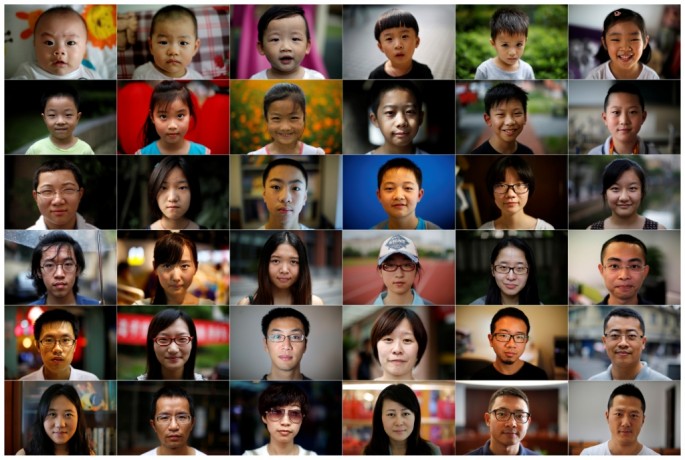In the wake of poor response to the limited relaxation of China’s one-child policy, Premier Li Keqiang announced on Sunday that further improvements are being considered to ease the country’s burgeoning demographic crisis.
"[We will] make improvements and adjustments to the policy in accordance with legal procedures," Li said during his annual media briefing in Beijing without giving a specific time frame.
The world's most populous nation, China introduced its one-child policy in the late 1970s to curb rapid population growth by limiting urban couples to one child and rural couples to two children if the first one is a girl.
The policy underwent a major change by the end of 2013, with couples being permitted to have a second child provided that either parent is an only child.
The adjustment, which went into full effect in early 2014, did not lead to the baby boom many had anticipated, leading experts to suggest a full implementation of the two-child policy.
However, Li said that they are still "weighing pros and cons based on the outcome of the comprehensive review and taking into account China's economic and social development as well as changes in the demographic structure."
According to data from the China Population Association, around 16.9 million births were registered in China in 2014, an increase of 470,000 than the previous year.
The figure is expected to rise by another million this year due to the relaxed birth policy, the association said.
China's lawmakers in the past defended the country's one-child policy, saying it prevented 400 million people from ballooning the population.
But the policy also led to a number of social problems. By 2012, China's labor force dropped by 3.45 million, marking the first "absolute" decrease since the country's reform and opening up in 1979.
As of 2013, the number of Chinese citizens aged 60 or above exceeded 202 million, which is 8.53 million more than in 2012 and accounting for 15 percent of the total population.
Gender imbalance has also become a negative side effect of the one-child policy, as Chinese parents preferred boys over girls. In 2014, the sex ratio of newborns stood at 115.88 men to 100 women.



























